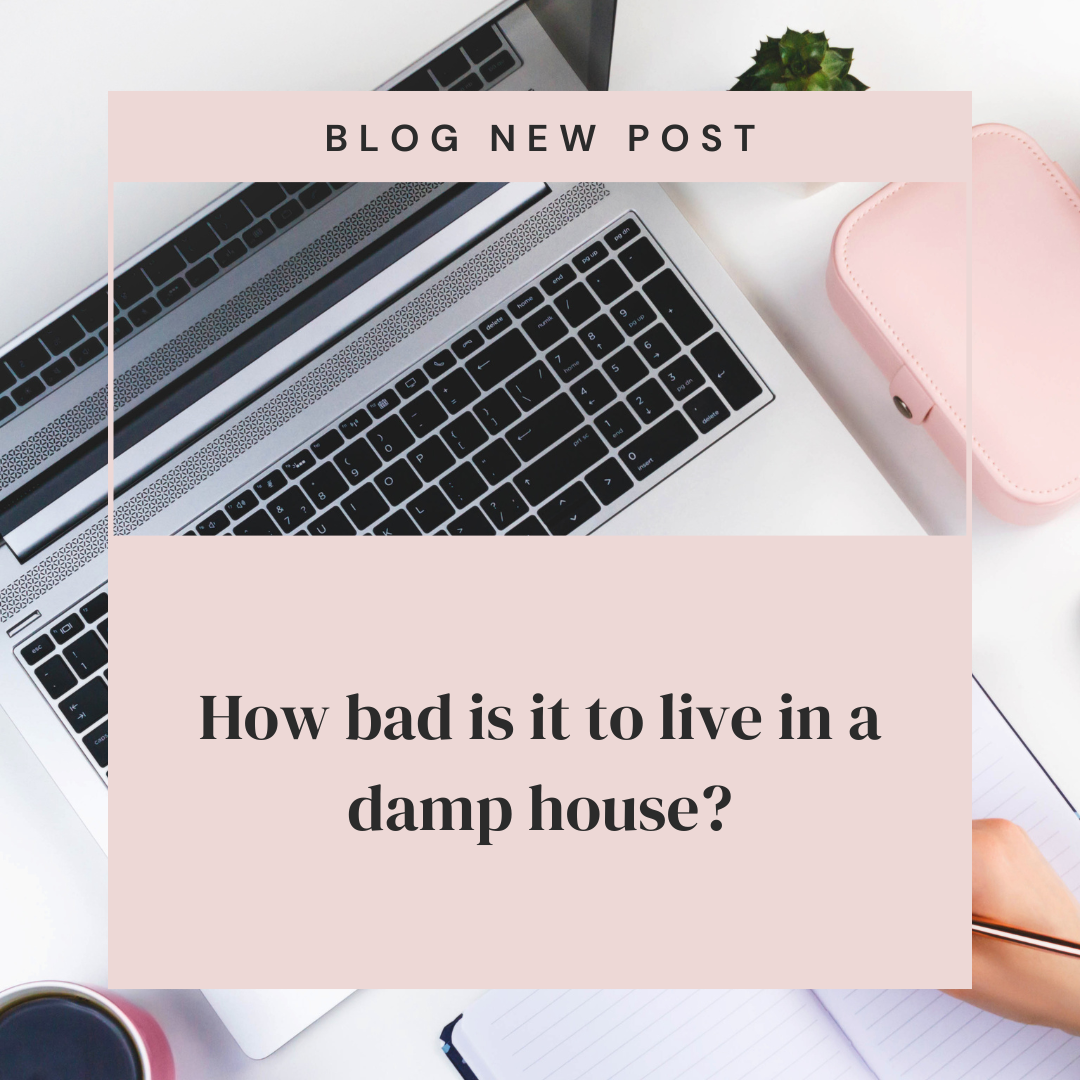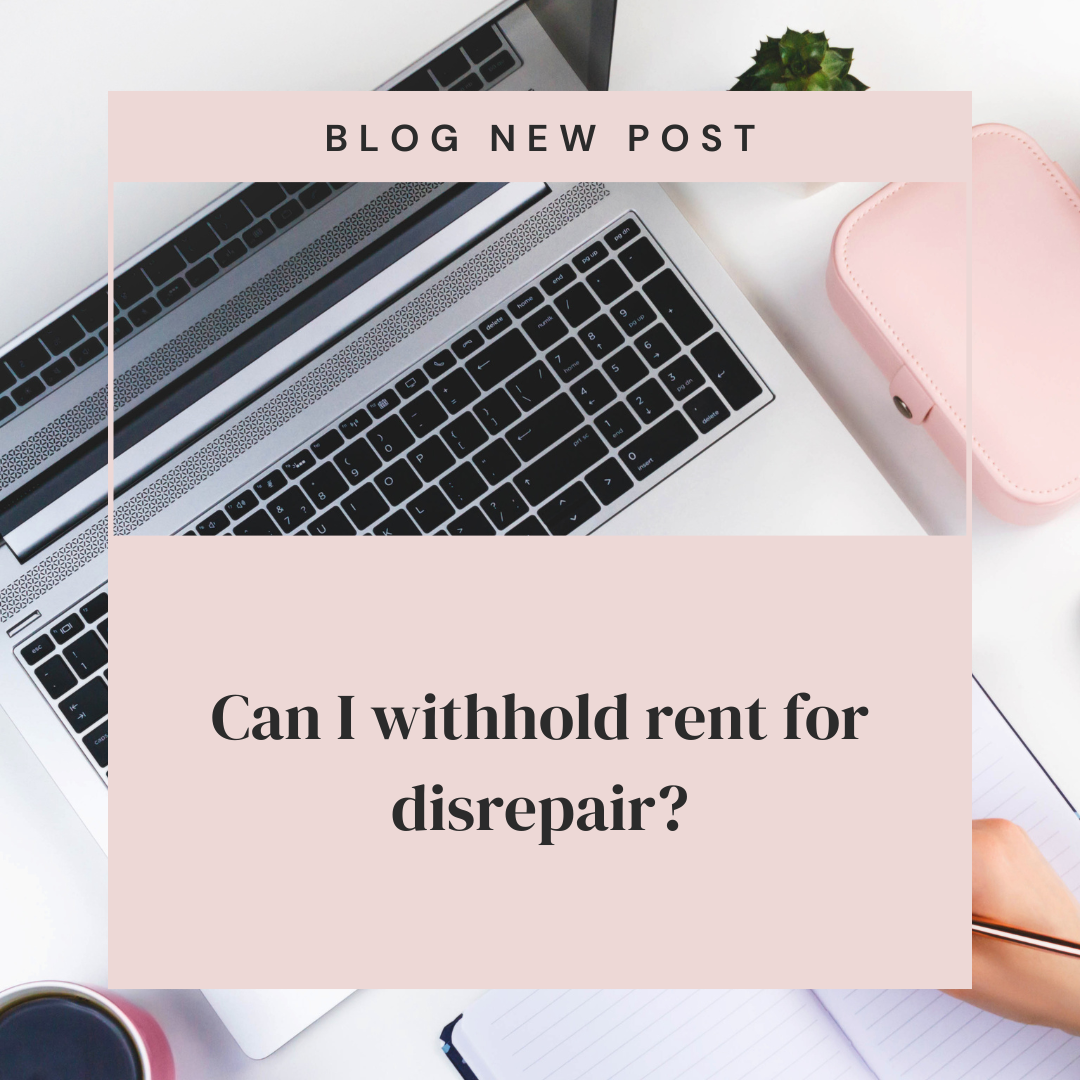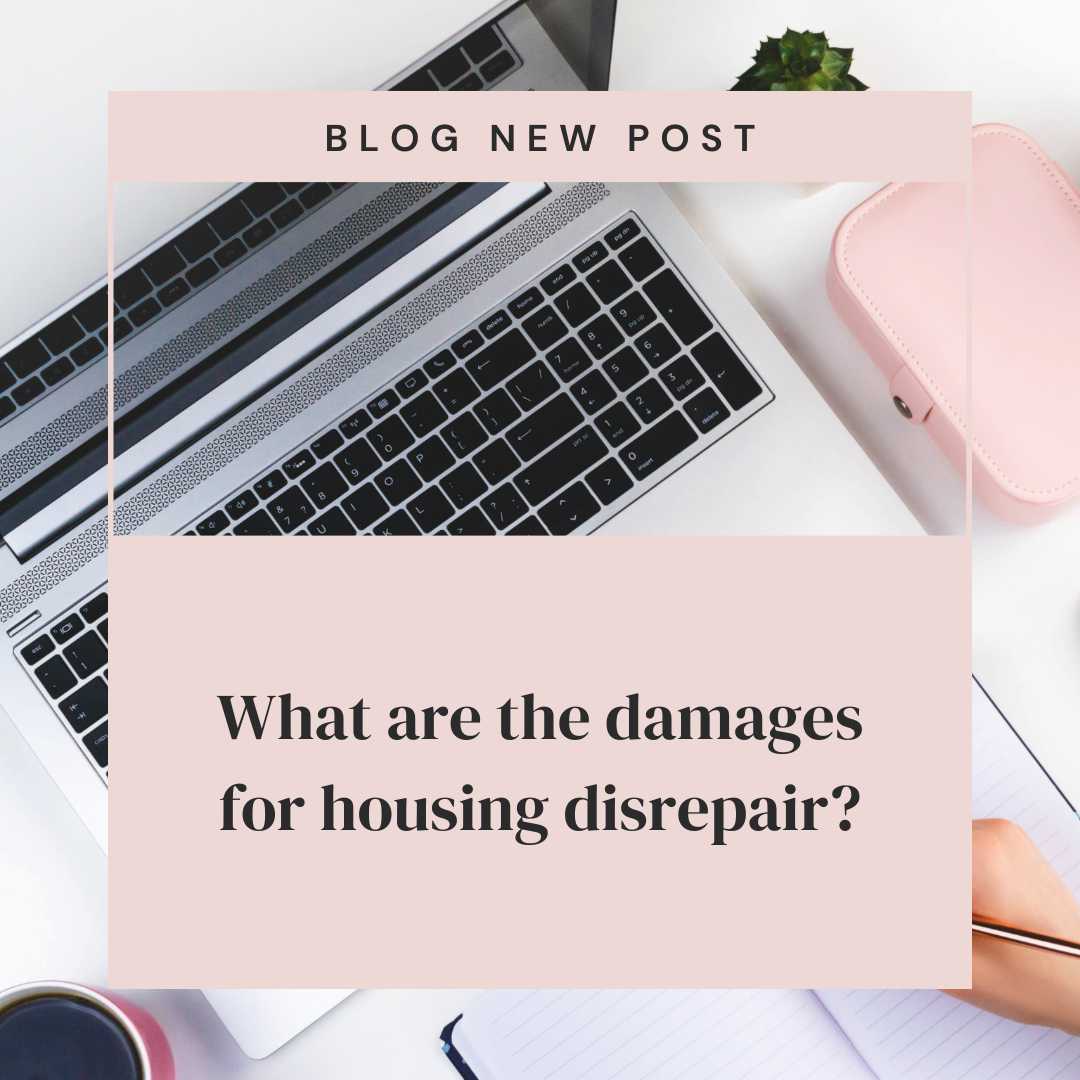Can my landlord evict me if I complain about repairs?
Can my landlord evict me if I complain about repairs? As a tenant, you have the right to live in a safe and habitable home. This means that your landlord must keep the property in good repair and make any necessary fixes. However, you may be wondering if your landlord can evict you if you complain about repairs.
The good news is that your landlord cannot evict you for simply complaining about repairs. This is known as retaliatory eviction, and it is illegal in most countries. However, there are some exceptions to this rule. For example, if you are constantly complaining about minor repairs, or if you are harassing your landlord in some way, they may be able to evict you on other grounds.
What to do if your landlord threatens to evict you
If your landlord threatens to evict you because you complained about repairs, the first thing you should do is keep a record of all communication between you and your landlord. This includes emails, text messages, and phone calls. You should also keep a copy of any repair requests you have made and any evidence of the repairs that need to be done.
If your landlord does evict you, you may be able to challenge the eviction in court. However, it is important to note that the eviction process can be complex and time-consuming. It is a good idea to seek legal advice from an experienced housing lawyer.
How to protect yourself from retaliatory eviction
There are a few things you can do to protect yourself from retaliatory eviction:
- Be polite and respectful when complaining about repairs.
- Keep a record of all communication between you and your landlord.
- Make sure you have a copy of your lease agreement and that you understand your rights as a tenant.
- If you are threatened with eviction, seek legal advice from an experienced housing lawyer.
Here are some additional tips for dealing with repairs:
- Be clear and specific about the repairs that need to be done.
- Give your landlord a reasonable amount of time to make the repairs.
- If your landlord does not make the repairs, you may be able to hire a contractor to do the work and deduct the cost from your rent.
- If you are concerned about your safety or health, you may be able to contact your local housing authority for assistance.
Conclusion
It is important to remember that you have the right to live in a safe and habitable home. If your landlord refuses to make necessary repairs, you have the right to complain. If your landlord threatens to evict you for complaining about repairs, you may be able to challenge the eviction in court. It is a good idea to seek legal advice from an experienced housing lawyer if you are facing retaliatory eviction.
Important links
Housing Disrepair Advice: https://housingdisrepairadvice.org/contact
Housing Ombudsman: https://www.housing-ombudsman.org.uk/









